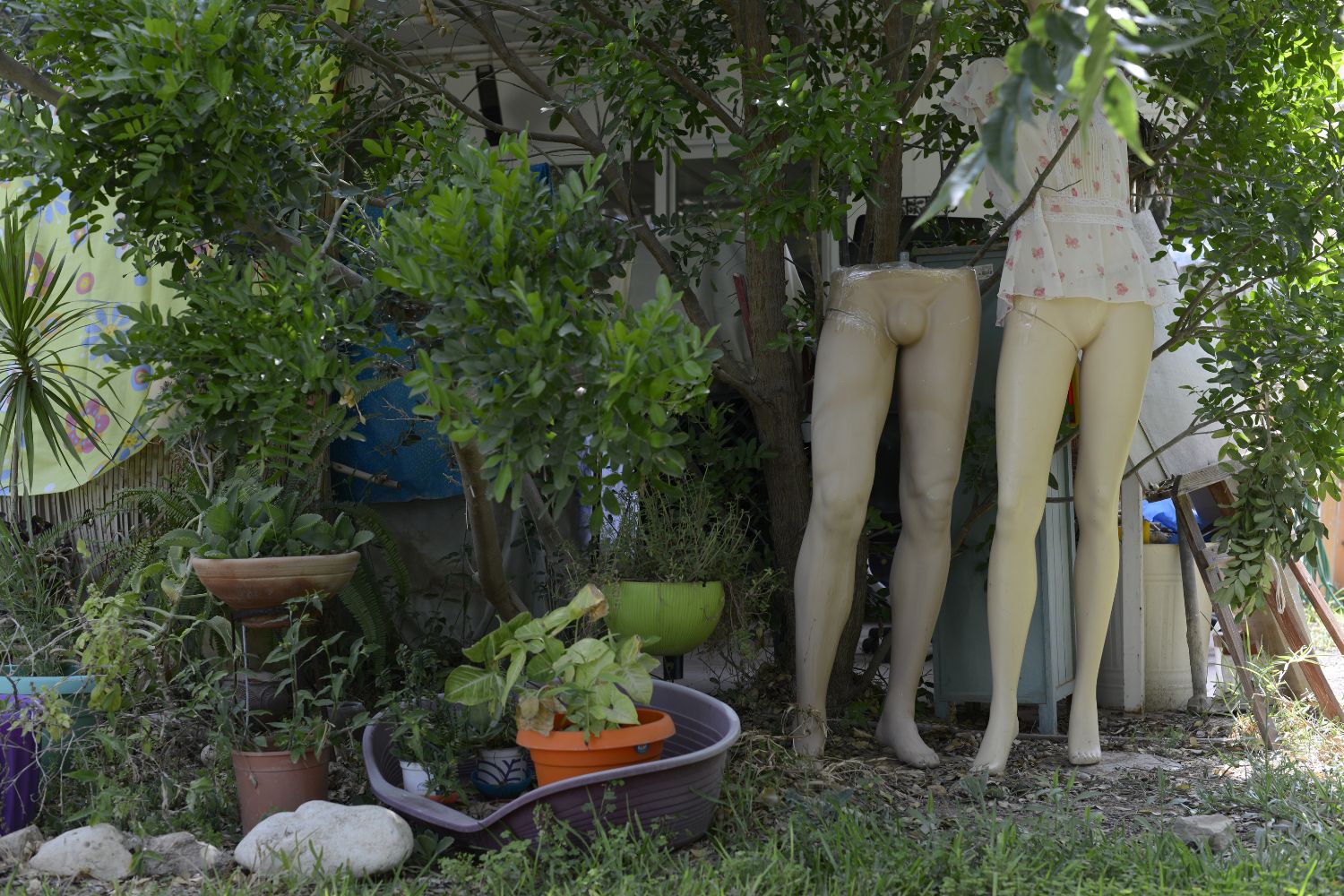Ein Gedi National park at the Dead Sea
Ein Gedi National Park – Desert Oasis by the Dead Sea
Ein Gedi National park is located in the southern Judean Desert, just west of the Dead Sea and about 500 meters from its shoreline. This lush oasis features two main water streams — “Nahal Arugot” and “Nahal David” — and is considered one of Israel’s most scenic and popular hiking destinations among both locals and international travelers.
A marked trail ascends through the reserve, winding past freshwater pools and culminating in three beautiful waterfalls. The highest and most famous of them is the “David” Waterfall. Above it, hidden within the cliffs, lies the “Dodim” Cave and pool — accessible only via a steep 40-minute climb, recommended exclusively for experienced hikers. The effort is worth it: the view is stunning, and the cool waters offer a perfect break on a hot summer day.
According to biblical tradition, this is where David hid from King Saul. As described in 1 Samuel, Chapter 24:
(1) And it came to pass, when Saul was returned from following the Philistines, that it was told him, saying: ‘Behold, David is in the wilderness of En-gedi.’ {S}…(11) Moreover, my father, see, yea, see the skirt of thy robe in my hand; for in that I cut off the skirt of thy robe, and killed thee not, know thou and see that there is neither evil nor transgression in my hand, and I have not sinned against thee, though thou layest wait for my soul to take it…”
Visitor Information:
-
Entrance fee: ₪35 per person
-
Trail difficulty: Moderate
-
Not recommended for small children or older visitors
-
Duration (without Dodim Cave): 30–45 minutes
-
Essentials: Hat, sturdy walking shoes, and plenty of water
As of July 2025, following the floods that hit Ein Gedi in May, the Ein Gedi national park had been closed and has only recently reopened — currently allowing access only up to the first waterfall.
Plant Life at Ein Gedi
The oasis is a natural magnet for desert wildlife, including ibex, Israeli gazelle, and the adorable rock hyrax — as well as a rich variety of plant species. About a century ago, Ein Gedi was home to dense thickets and majestic trees like the acacia (wattle) and Ziziphus spina-christi — also known as Christ’s thorn jujube. According to tradition, this thorny tree was used to make the crown placed on Jesus by the Romans to mock him as the “King of the Jews.”
Ein Gedi’s Legendary “Afarsemon”
Ever heard of Afarsemon? This biblical bush grew in Ein Gedi and gave the ancient world its most exclusive perfume. Think of it as Chanel No. 5—but with sandals. It was also the base for a prized anointing oil used by the kings of Judea.
The value of Afarsemon was so immense that it played a role in the war between the Romans and Jewish rebels. Historical accounts say the Roman Empire launched the siege on Masada partly because the rebels raided the Afarsemon orchards in Ein Gedi—a bold attack on an asset that held major economic and symbolic value for Rome.
The reserve is also home to rich tropical river vegetation, including Hazav Matzui (Drimia), Maziz Serani (Golden Drop), and many other native species. These plants form the botanical foundation of the modern Dead Sea cosmetic and perfume industries.
Kibbutz Ein Gedi – From “Afarsemon” to “Ahava”
Just 3 kilometers from the nature reserve, in Kibbutz Ein Gedi, lies one of Israel’s most iconic Dead Sea cosmetics brands — Ahava (which means “love” in Hebrew). The factory features a visitor center where tourists can explore, sample, and purchase its famous products.
There’s something both natural and symbolic about it: from biblical times to the modern era, Ein Gedi remains a source of beauty, healing, and timeless allure.
Kibbutz Ein Gedi Botanical Garden
Tucked within the lush setting of Kibbutz Ein Gedi, the Ein Gedi Botanical Garden is a true desert gem — and one of the only botanical gardens in the world that’s also a living residential community. Spread across the kibbutz grounds and surrounding the Ein Gedi Hotel, this vibrant oasis is home to over 900 plant species from around the globe, all adapted to the region’s hot, arid climate.
Stroll among towering tropical trees from the Bombacaceae family, desert cacti from every corner of the world, and unique rainforest floor plants thriving in shaded areas. The garden, originally designed by kibbutz member Dov Bensovich, blends seamlessly with the kibbutz paths.
Whether you’re staying at the hotel or just visiting for the day, the Ein Gedi Botanical Garden offers an unforgettable mix of nature, tranquility, and breathtaking views of the Dead Sea and Judean Desert.
What’s Around Ein Gedi: Sights & Stays
Ein Gedi may feel like it’s in the middle of nowhere—but it’s surrounded by must-see gems like Masada, the Qumran Caves, Ein Bokek River Park, and of course, the iconic Dead Sea beaches and wellness spots at the lowest point on Earth. To avoid the long back-and-forth drive from Jerusalem, we recommend staying at the nearby Ein Bokek hotel strip—just 15 minutes away. The crown jewel? The “Vert Hotel” (formerly Crowne Plaza) and the “Milos”, offering beachfront access, indoor and outdoor pools, a superb spa, and top-notch dining.




















